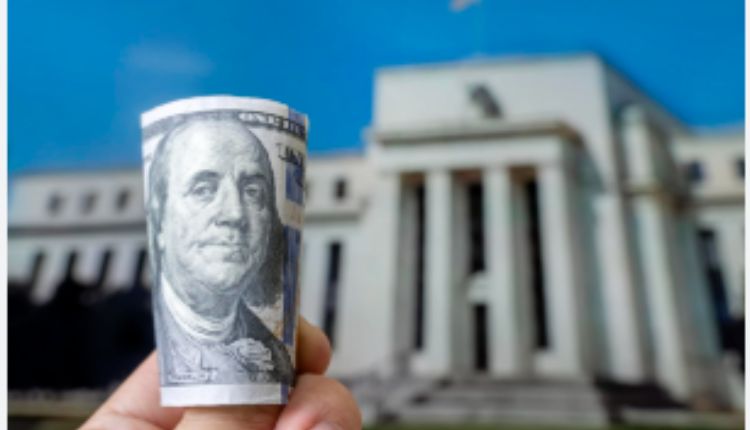As digital currencies transform financial landscapes worldwide, central banks, including the Federal Reserve (the Fed), are increasingly exploring the implications of adopting digital currencies, specifically central bank digital currencies (CBDCs). This shift toward digital currency could profoundly affect monetary policy, banking, and the broader economy. The Fed’s approach to a potential digital dollar raises critical discussions on the benefits, risks, and strategic considerations needed to integrate such technology effectively. Here is the thoughts of professionals like Kavan Choksi.
The Emergence of Digital Currencies
The rise of cryptocurrencies like Bitcoin and Ethereum has challenged traditional financial systems and prompted central banks to reconsider the future of money. These digital assets have introduced a new paradigm characterized by decentralized finance and blockchain technology. In response, central banks are contemplating the creation of their own digital currencies to retain sovereign control over monetary policy and prevent the disintermediation of the banking system.
The Concept of a Digital Dollar
A digital dollar would be a central bank-issued digital currency that uses some form of blockchain technology to enable safer, faster, and cheaper money transfers. Unlike cryptocurrencies, which are not backed by any government and involve substantial volatility, a digital dollar would have the full backing of the U.S. Federal Reserve, offering stability and reliability akin to traditional U.S. dollars but in a digital form.
Implications for Monetary Policy
The implementation of a digital dollar could revolutionize the Fed’s approach to monetary policy. With a digital currency, the Fed could potentially bypass commercial banks to distribute funds directly to citizens, enhancing the precision and speed of monetary policy implementation. For example, in scenarios requiring stimulus measures, the Fed could directly credit digital wallets of households, speeding up the economy’s response time to monetary injections.
Moreover, a digital dollar could significantly enhance the Fed’s capability to set negative interest rates if necessary. In a digital economy with less dependence on cash, it becomes feasible to charge negative interest on digital dollar holdings, encouraging spending over saving during deflationary periods.
Risks and Challenges
Despite potential benefits, the introduction of a digital dollar comes with significant risks and challenges. Privacy concerns are paramount, as digital transactions can be easily traceable compared to cash. Ensuring that a digital dollar system upholds individual privacy without becoming a tool for surveillance is a critical challenge.
Cybersecurity is another major concern. A digital dollar system would be a prominent target for cyberattacks, which could threaten financial stability. Ensuring robust, fault-tolerant digital infrastructure would be crucial.
There are also economic risks related to disintermediation. If a significant portion of bank deposits were converted into digital dollars, it could reduce the funding sources banks rely on to make loans, potentially stifling credit availability and harming economic growth.
Global Competition and Strategic Considerations
The global race towards digital currencies is not just about technology but also geopolitical influence. As countries like China push forward with their digital yuan, the U.S. may face pressure to compete in the digital currency space to maintain the dollar’s dominance in global finance.
Strategically, the Fed must consider not only the domestic implications of a digital dollar but also its international impact. How a digital dollar would interact with other currencies, affect cross-border trade, and influence global economic dynamics are crucial considerations.
The introduction of a digital dollar could also shift power dynamics within the international banking community, affecting how transactions are conducted and regulated on a global scale. It presents an opportunity for the U.S. to redefine financial engagement rules worldwide, especially in terms of sanctions and international monetary policy.
Conclusion
The potential introduction of a digital dollar represents a transformative shift in the architecture of both the U.S. and global financial systems. As the Federal Reserve explores this possibility, it must carefully weigh the benefits of enhanced efficiency and effectiveness in monetary policy against the risks of privacy erosion, cybersecurity threats, and economic disruptions. The future of a digital dollar will depend on a nuanced approach to these challenges, ensuring that technological advancements in currency complement broader economic objectives without compromising fundamental values and stability. This balancing act will require not only technological innovation but also robust policy frameworks that protect consumers and maintain economic order

